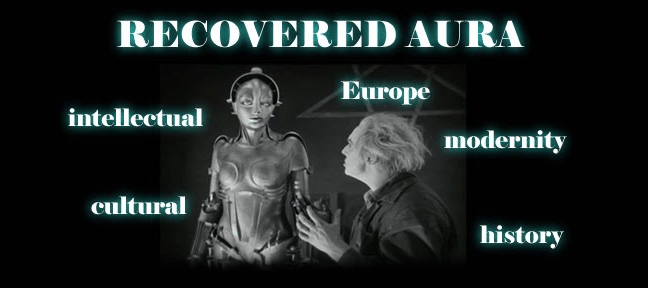 Tamino charmsthe wild beasts, Act I scene xv, from The Magic Flute by Wolfgang Amadeus Mozart 1756-91, c.1793 NOTE: In this scene the power of music is used to charm "wild creatures". Do you sense that artist is merging ideas about animals and "savage" peoples? Is there a racial/civilizational discourse going on here? Notice the three words over the doorways behind Tamino- in German these say REASON (Vernunft), WISDOM (Weisheit/h) and NATURE (Natur).
Tamino charmsthe wild beasts, Act I scene xv, from The Magic Flute by Wolfgang Amadeus Mozart 1756-91, c.1793 NOTE: In this scene the power of music is used to charm "wild creatures". Do you sense that artist is merging ideas about animals and "savage" peoples? Is there a racial/civilizational discourse going on here? Notice the three words over the doorways behind Tamino- in German these say REASON (Vernunft), WISDOM (Weisheit/h) and NATURE (Natur)."Music has charms to soothe the savage breast, To soften rocks, or bend a knotted oak."
William Congreve, English dramatist (1670 - 1729)
William Congreve, English dramatist (1670 - 1729)
Wolfgang Amadeus Mozart's opera The Magic Flute (1791) is a fairy tale with decidedly Enlightenment underpinnings. After passing through many ordeals, two pairs of lovers (Tamino and Pamina, Papageno and Papagena) are finally reunited. The powers of superstition and darkness are driven out by the powers of rationality and light. Mozart and his librettist were both Freemasons and believed that mankind was on an evolutionary journey toward perfection. Here is the final scene of the opera in which the lovers find one another, the Queen of the Night is vanquished and reason, right and light triumph. Ah- Enlightenment hope springs eternal!

No comments:
Post a Comment